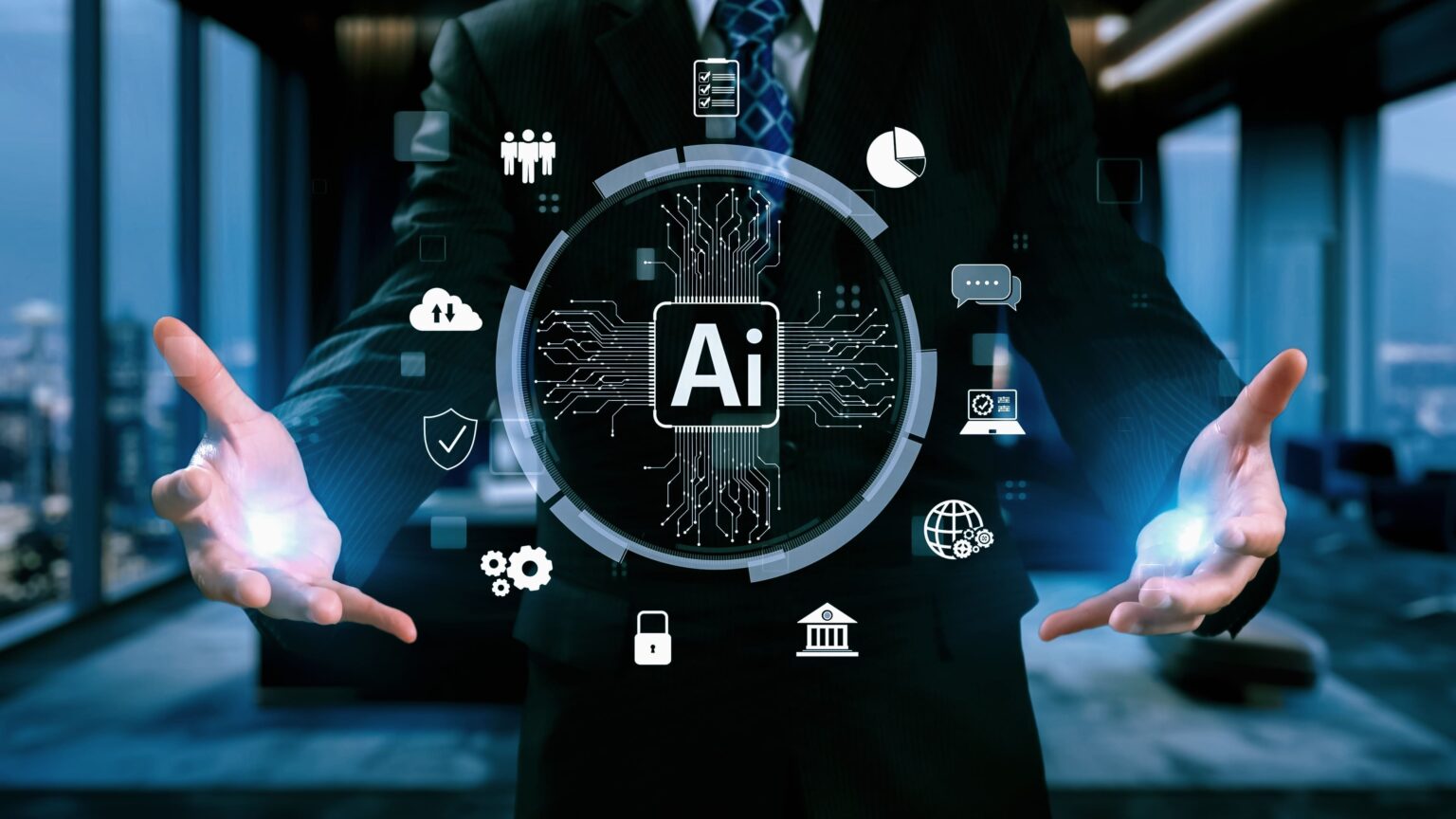Traditional design tools are no longer sufficient to keep up with the demands of speed and creativity in today’s world. Designers, engineering teams, and companies need smarter solutions to accelerate their processes and reduce repetitive work. This is where AI-powered design automation platforms come in—combining artificial intelligence with automation to save time, improve efficiency, and minimize errors.
Here are the 10 most important time-saving features these platforms offer:
1. Automated Design Generation
One of the most powerful features is the ability of AI to instantly generate prototypes or multiple design options based on simple user inputs such as:
- Specific measurements (dimensions, materials, colors).
- Required performance or functional criteria.
This turns hours or even days of manual work into just minutes.
Example: In architecture, the platform can generate several building façade layouts that align with natural light and wind direction automatically.
2. Repetitive Task Automation
A lot of design time is wasted on small, repetitive tasks such as:
- Renaming files.
- Adjusting margins.
- Duplicating elements.
- Creating multiple design versions for different sizes.
AI automation reduces these routine tasks to a single click, allowing designers to focus on creativity.
3. AI-driven Optimization
These platforms use algorithms to select the best version of a design according to performance criteria.
- In mechanical engineering: choosing the optimal shape to minimize friction or weight.
- In UI design: testing colors and layouts to improve user engagement and experience.
This reduces the need for long trial-and-error processes.
4. Early Error Detection & Correction
AI can analyze designs and spot errors early:
- Detecting conflicting elements.
- Alerting the designer about incorrect dimensions.
- Identifying inconsistencies in color or contrast.
Instead of wasting time fixing issues later, errors are corrected early in the process.
5. Smart Template Reuse
Platforms provide libraries of intelligent, customizable templates that allow users to:
- Retrieve previous design templates.
- Adapt them to new requirements.
- Save modified templates for future use.
This reduces the need to start designs from scratch.
6. Real-time Collaboration
A key feature is enabling teams to:
- Edit the same design simultaneously.
- Share comments instantly.
- Track version history for all changes.
This eliminates lengthy email chains and unnecessary meetings, speeding up decision-making.
7. Integration with Other Tools
AI-powered platforms are often designed to integrate seamlessly with:
- Design software (AutoCAD, Adobe XD, Figma).
- Project management tools (Jira, Trello).
- Modeling and analysis tools (MATLAB, SolidWorks).
This saves time switching between applications and avoids re-entering data.
8. Smart Personalization
The platform can learn the designer’s style or company’s requirements to provide suggestions aligned with:
- Brand identity and visual guidelines.
- Preferred colors, shapes, and patterns.
- Frequently used layouts in past projects.
This makes results closer to client expectations with minimal adjustments.
9. Predictive Analytics
Through AI, the platform can predict:
- Future design trends.
- The best materials or technologies for a project.
- The most successful choices based on similar past projects.
This reduces the time spent on research and preliminary studies.
10. Fast Export & Multi-format Output
After completing a design, designers often need to create multiple versions:
- For web, print, or mobile.
- In different sizes and formats (PNG, SVG, PDF, etc.).
Automation platforms make this process nearly instant, eliminating repetitive manual adjustments.
Conclusion
AI-powered design automation platforms are a true revolution in creativity and engineering. They save time by:
- Generating designs instantly.
- Detecting errors and minimizing repetitive work.
- Enabling real-time collaboration and tool integration.
- Boosting innovation through smart personalization and predictive analytics.
Ultimately, they shift the designer’s time away from routine tasks and toward creativity and quality—the ultimate goal of any successful design process.

No comments yet.